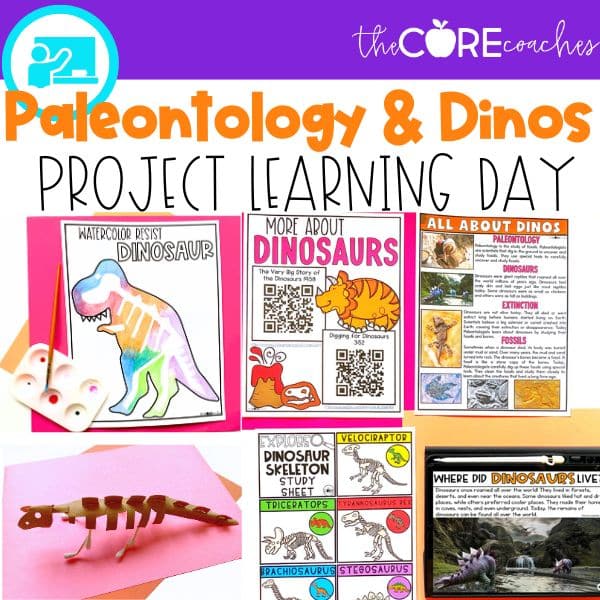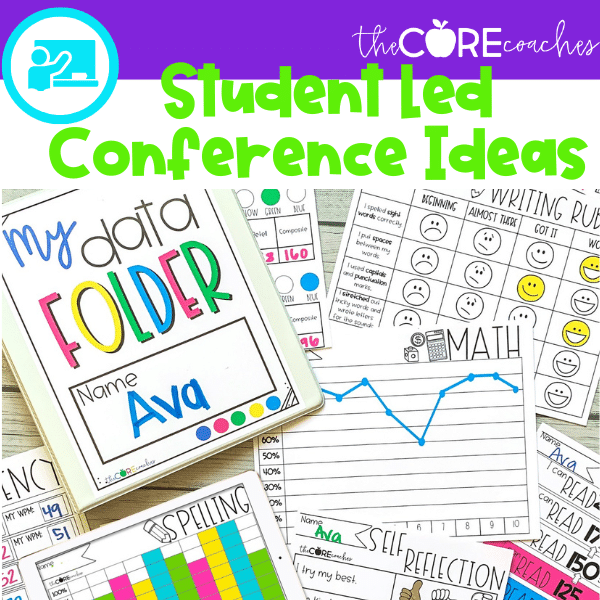Preschoolers learn best when engaged in hands-on activities that allow them to explore and discover new things. That’s why preschool learning centers are so important! These centers provide a variety of activities that help children learn and grow.
A preschool learning center can be a lot of fun for kids. Each center also provides important educational benefits. In this post, we’ll take a look at what preschool learning centers are, and we’ll suggest some activities that you can use in the preschool classroom!
Why Should You Use Learning Centers in Preschool?
Learning centers are a key part of the preschool experience. Centers allow students to explore different areas of the classroom and learn new skills. They also allow kids to have fun while learning!
Yes, you want your kids to have fun! As a preschool teacher, you already know this! Preschool teachers are the best when it comes to keeping fun in the classroom.
Fun is an important part of learning. The more fun students find activities, the more likely they are to stay engaged. The more engaged they are, the more they are learning!
Student engagement is one of the key reasons you should use centers in preschool. Moreover, centers help you easily include a large variety of learning topics.
Even though preschool is meant to be fun, it is also where kids are first introduced to the skills that are important for school readiness. These skills will help each young child be prepared for kindergarten – and beyond!
Types of Preschool Centers
There are several different types of preschool centers. You can use centers for teaching academics and skills.
Moreover, they are a time for exploration! Center time also helps kids develop social skills – another important part of early childhood education.
Choosing Learning Centers
When choosing centers for your classroom, these are the main areas to focus on:
- Math
- Literacy
- Fine Motor Skills
- Following Directions
- Sensory Experiences
Inside each of these areas of learning, there are dozens of different activities you can do! To help you organize your activities, choose a handful of different activities that you could use. For example, math centers could include any of the following types of activities:
- Games
- Math Mats
- Puzzle
- Clip Cards
- Flip & Match
- On My Own
- Hands-On
With so many areas of learning to cover, centers help teachers effectively include all required content. Moreover, including a variety of activities can easily keep kids engaged all year long!
Themed Centers
Another way to keep kids engaged is to use themes throughout the year. Themed centers help students make connections across different areas of learning. It also helps kids understand how learning applies to their life in many different ways.
You can create themes around holidays, months, or units. One of our favorite units for preschool centers is farming! Here are some of our fave farm-themed activities for math centers.
Farm Themed Math Center Activities
- Comparing numbers: comparing haystack
- Patterns: animal pattern cards
- Sorting objects: sorting math mats for animals
- Data graphing: a hands-on activity to answer the question “how tall is corn?”
Other Math Center Activities
Not every single activity has to be connected to the theme. For example, not every math center has to be about farming.
Additional math activities can be more generic. These could include activities that are a staple in your classroom, such as using a dice roll game for counting 1 to 10.
- Writing numbers
- Counting 1 to 10
- Differences between letters, numbers, and symbols
- Compare objects: measure sizes to compare long and short; bigger and smaller.
- Recognize shapes
- Difference between shapes
The wonderful thing about themed centers is that they can include some staple activities. These are academic activities that kids are familiar with and consistently help with development throughout the year.
Including a variety of staple activities and themed activities, provides a balance of familiarity and fun. Once again, helping to keep kids interested!
Literacy Center Activities
Literacy development is an essential part of preschool. These are the skills that prepare kids to read. Moreover, they help with comprehension. Comprehension skills transfer to all areas of learning – both in and out of school.
Some preschoolers have access to reading at home. However, many others do not. Therefore, it is essential to provide regular learning opportunities to help each child develop the necessary skills for reading and writing.
There are three main areas of literacy development that are important to focus on. Each of these is a great idea for a literacy center.
- Phonological awareness
- Phonics and word recognition, including the alphabet
- Concepts of print
Just as with math centers, it is helpful to choose several different activities. This helps to add variety throughout the year. Here are some of our favorite activities for these three literacy centers.
- Phonological awareness
- Syllable games
- Literacy mat for initial and first sounds
- Rhyming puzzle
- Phonics and word recognition; alphabet
- Matching game for sounds and letters
- Literacy mat for letter names
- Clip cards with pictures, words, and letters
- Concepts of print
- Pocket chart game
- Literacy mat with labels
Writing Center Activities
In preschool, writing activities focus on the actual skill of writing. Begin with teaching young kids how to hold a pencil. Therefore, many writing activities will not include words or letters.
However, as the year goes on, you can introduce more challenging writing center activities. Here are some activities to help preschoolers learn to write.
- Maze
- Vocab sheet with words
- Writing pages
- Trace dotted line
- Dot to Dot
Fine Motor Skills Center
Fine motor skills include activities that help little kids learn how to use their hands. While they practice some fine motor skills in writing centers, there are several other activities to help develop these skills.
Many of the tools that help to develop fine motor skills are used in arts and crafts. Therefore, anytime you include an arts and crafts center you are probably addressing fine motor skills. These are some of the most fun centers!
These are just a handful of tools and activities you can use to help your preschoolers develop fine motor skills:
- Manipulatives
- Task card: blocks
- Clothespins or paper clip
- Dot bingo with a Qtip
- Playdough
- Beading
- Stickers
- Cutting
- Lacing cards
- Hole punch answer cards
Follow Directions Centers
While following directions may not sound like the most fun skill to learn, it is important. It is one of the areas that are important for kids to become aware of as they prepare to enter elementary school.
When teaching little kids to follow directions, it is necessary to show them WHY directions are important. Moreover, to show them in a way that is developmentally appropriate.
Arts and crafts are the perfect activities to do this. This shows kids the importance of following directions to achieve the desired outcome. If they follow the directions they will achieve the desired outcome for the art project. However, if they don’t follow directions, they will not achieve the desired result.
These are some types of activities that help teach children how to follow directions:
- Task cards
- Origami
- Directed drawing
- Follow picture sequence
- Video on iPad
- Sortin
Sensory Bin Centers
The five senses are one of the most important ways kids learn about the world! It provides young kids with the tools they need to describe their experiences in the world.
To help support and encourage this learning, it is important to include a sensory center in your classroom. Sensory centers include activities that help children understand and connect with their senses of touch, taste, smell, sound, and sight.
Sensory centers can sometimes be the ones to get left out or not used as frequently. This may be because teachers feel like they take too much time to set up or manage.
While creating sensory centers may take some time, they are worth it! Moreover, once you create a sensory activity, you can use it again. When it comes to managing these centers, some sensory centers will be easier to manage (aka clean-up) than others.
Choose sensory center activities that YOU feel are the most manageable for your classroom! Consider the resources you have access to – including outside help (like parents or teachers- aides). Sensory centers should be fun for both the kids and you; therefore, choose activities that support your classroom community.
Creating a Sensory Bin
One way to make a sensory center easy to manage is to create a sensory bin. A sensory bin includes activities for several different senses! Therefore, you do not have to create a center for each of the five senses.
One of our favorite sensory bins for preschoolers is for Easter. Create a bin that has large colored plastic easter eggs that are filled with marshmallow peeps (or other age-appropriate treat for your students). Place these eggs in a bin with Easter grass.
Give students time to play in the pin and explore opening the eggs, tasting and smelling the peeps, and touching the grass. In addition, you can have a song playing related to spring or even the sound of birds chirping! To support sight, ask students to tell you the different colors of the eggs they see.
Whether a sensory center or a math center, the most important thing is creating centers that help you have fun with your students! If you are having fun, then they are having fun! If everyone is having fun, the learning is naturally happening.





